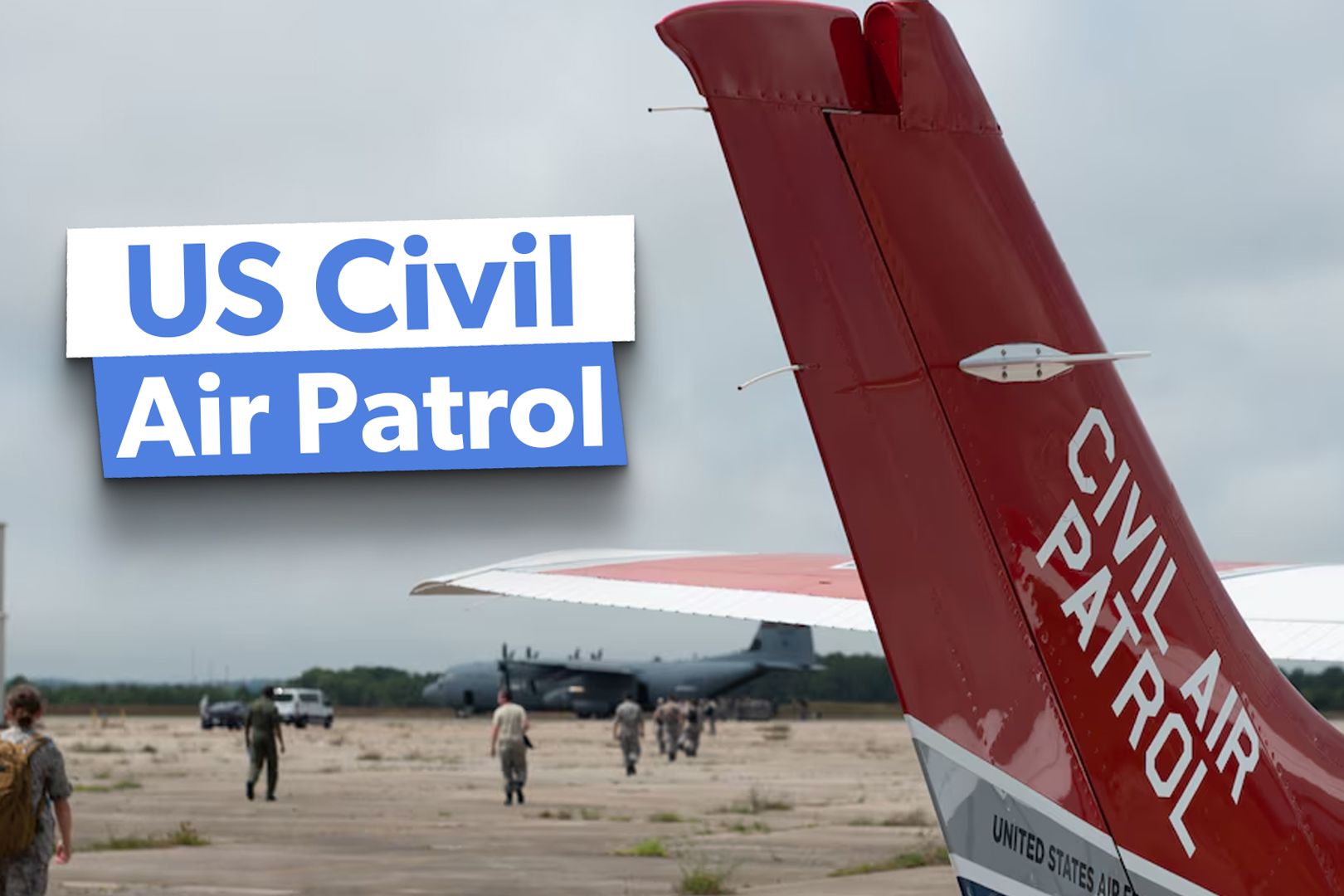Summary CAP serves as the civilian auxiliary of the US Air Force, with a mission to support communities through emergency response and youth development. Members participate in various missions, including search and rescue, disaster response, and aiding in combat readiness activities. CAP operates the world's largest fleet of single-piston engine aircraft, which include Cessnas, Maule, de Havilland, and GippsAero planes.
The Civil Air Patrol (CAP) serves as the official civilian auxiliary of the US Air Force and is a congressionally chartered and federally supported organization. The organization traces its origins to the earliest days of America's entry into World War II (it served to help patrol and protect US waters from German U-boats). Not all aerial patrols need to be an Air Force combat air patrol .

Even small civilian single-piston engine aircraft can assist in NORAD's mission to provide airspace security for the United States . What the Civil Air Patrol is According to the Air Force , the Civil Air Patrol's mission is " supporting America’s communities with emergency response, diverse aviation and ground services, youth development and promotion of air, space and cyber power through aerospace education ." "As a Total Force partner and the auxiliary of the U.
S. Air Force, Civil Air Patrol is there to search for and find the lost, provide comfort in times of disaster and work to keep the homeland safe." - Civil Air Patrol The Civil Air Patrol's headquarters is co-located with the CAP-USAF headquarters at Maxwell Air Force Base in Alabama.
The Civil Air Patrol has 52 wings - one for each state plus the District of Columbia and the territory of Puerto Rico. Most members wear uniforms while performing their tasks. Civil Air Patrol by the numbers: Wings: 52 wings Volunteer members: 64,000 total Adult members: 38,000 Cadets: 28,000 Units: 1,500 CAP-USAF headquarters: 23 active duty military and civil service members CAP-USAF’s total active component: approx.
60 military and government civilian members The CAP-USAF program commander is responsible for overseeing and validating CAP's performance under the cooperative agreement with the Air Force. Young people from over a dozen nations serve as cadet ambassadors to promote interest in aviation while experiencing new cultures. What the Civil Air Patrol does The Civil Air Patrol operates various aircraft for various operational missions, including search and rescue, disaster response, and supporting counterdrug operations (CAP aided in saving 60 lives in 2023).
Additionally, the Air Force states that the CAP " executes aerial target missions to maintain combat readiness of air defense assets, conduct special-use airspace surveys, and fly orientation flights for teachers, Air Force ROTC, and Air Force JROTC cadets ." Cadets are aged between 12 and just under 21 years old (with senior members ages 18 years and over). The organization provides these budding pilots the opportunity to participate in a wide variety of aviation pursuits.
Many CAP members become licensed pilots. One example of what CAP does is participating in exercises to help train the North American Aerospace Defense Command (NORAD). This was aimed at helping ensure aerial safety around the Super Bowl in Las Vegas.
Civil Air Patrol Status: US Air Force auxiliary Founded: 1 December 1941 Headquarters: Maxwell Air Force Base, Montgomery, Alabama Role: Search and rescue, Disaster relief, Aerospace education, Cadet programs In the exercise, CAP provided aircraft to help NORAD fighter aircraft to maintain proficiency. Acting as the Air Force auxiliary, they provided single-engine aircraft to fly into a simulated restricted airspace where they would be identified as a 'target of interest.' Fighters would fly out and practice intercepting the 'intruding' aircraft and guiding them out of the restricted airspace.
In practice scenarios, CAP pilots may not respond to radio calls and ignore instructions to change course, forcing the fighters to perform "headbutt" maneuvers by flying through the CAP plane's flight path. The P-8 Poseidon plays a critical role in maritime patrol and combating enemy surface and submarine fleets. Composition and aircraft of the Civil Air Patrol CAP has more members than many of the world's air forces—with over 38,000 adult members, it numbers more than the active Royal Air Force (31,000 active servicemen).
Additionally, CAP has over 28,000 cadets and more than 1,500 units. Its organizational pattern and rank structure mirror those of the Air Force. Primary aircraft operated by CAP: Cessna 172 Skyhawk Cessna 182 Skylane Cessna 206 Maule MT-7-235 de Havilland L-20 GippsAero GA8 According to CAP's 2024 Fact Sheet , CAP operates the world's largest fleet of single piston engine aircraft numbering 544 aircraft.
Aircraft flown include Cessna 172, Cessna 182, Cessna 206, MT-7-235, de Havilland L-20, and GippsAero GA8. Cessna 172 Skyhawk and Cessna 182 Skylanes make up the backbone of the fleet. The eight-seat GippsAero GA8 Airvan has been added to the fleet since 2003.
In addition to various fixed-wing aircraft, CAP's equipment includes training gliders, ground vehicles, and a national radio communications network. Gliders include the LET L-23 Super Blaník, the Schleicher ASK 21, and the Schweizer SGS 2-33s (these are mostly used for cadet orientation flights). In 2023, CAP received $51 million in operations and maintenance funding, $11.
6 million for aircraft procurement, and almost $2 million for vehicle procurement..



















